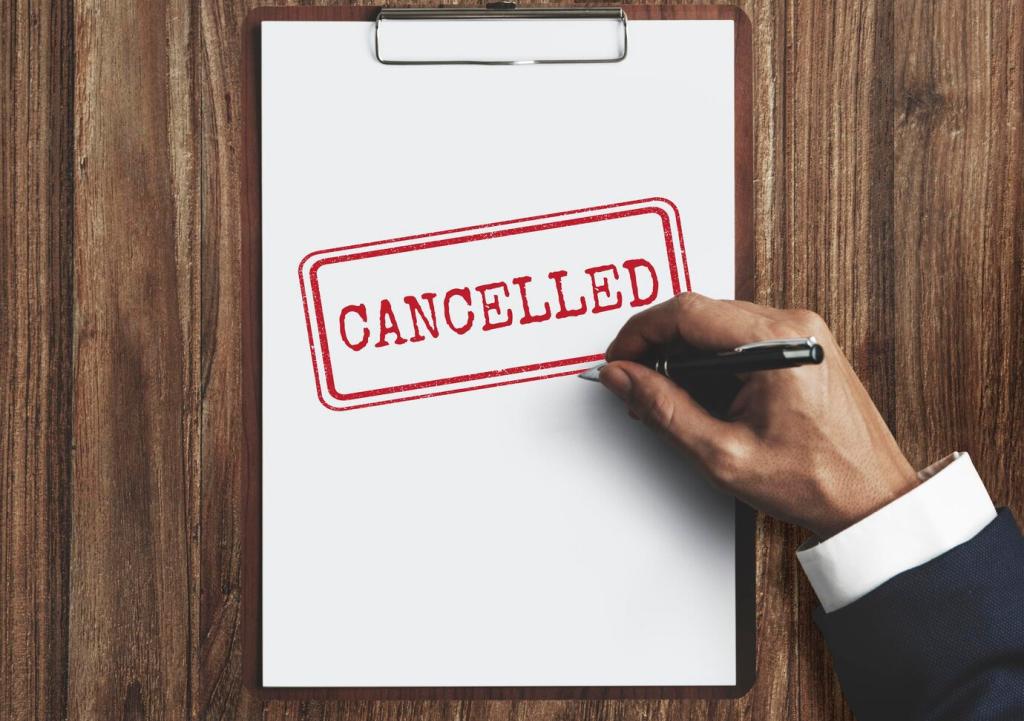Air Emissions, Odour, and Noise: Reducing Complaints and Risk
If you operate boilers or ovens, confirm chimney registration and apply basic controls like cyclones or filters where needed. A small Kepong bakery switched to cleaner fuel and optimized burner settings, cutting visible smoke and earning fewer complaints from the apartment block across the lane.
Air Emissions, Odour, and Noise: Reducing Complaints and Risk
Use low-VOC materials, cover containers, and ensure steady cross-ventilation with capture hoods near emission points. A Pudu sign shop moved thinners into a ventilated cabinet, tracked opening times, and reduced indoor concentrations enough to eliminate headaches reported by staff during long production runs.









